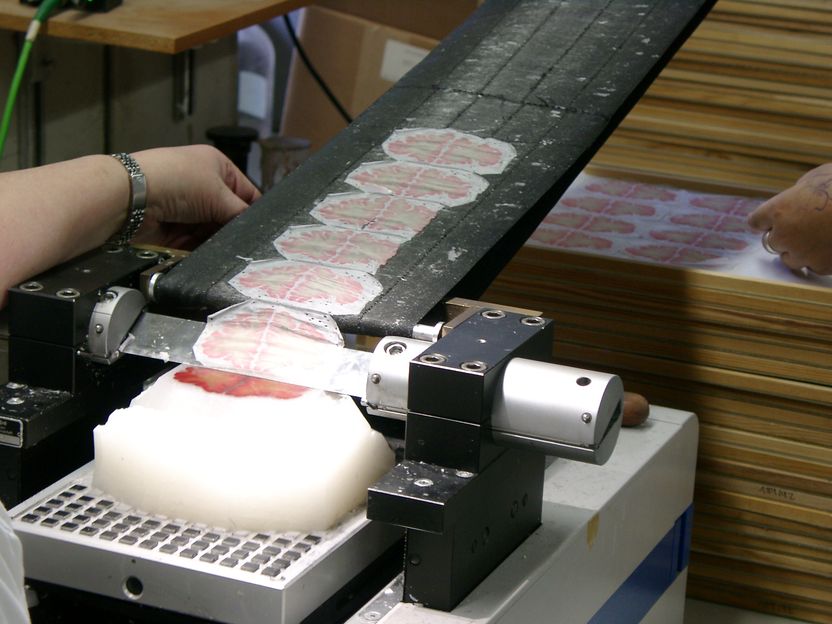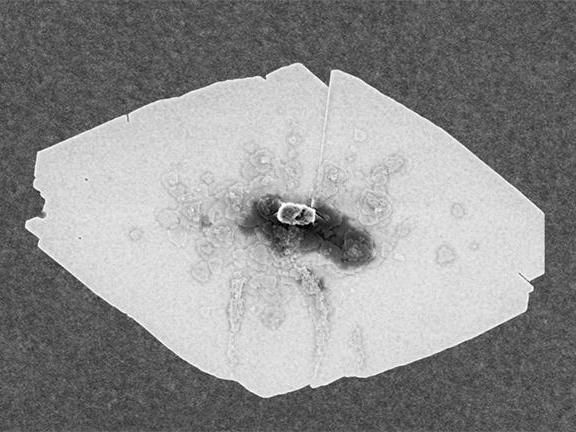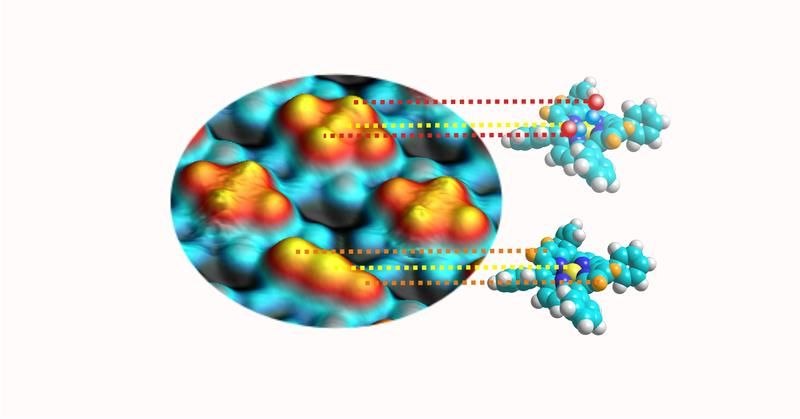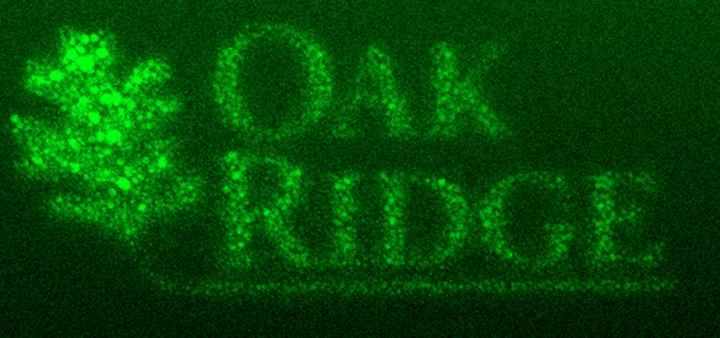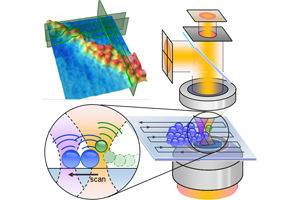New method provides more precise information on types of leukaemia
Optical genome mapping could become a component of routine diagnostics
In the characterization of leukaemias, also known as blood cancers, genetic analyses are crucial and provide information for the optimal treatment strategy. A research team from Bochum and Essen has used a new method that offers greater accuracy in this process. The so-called optical genome mapping yielded more precise information on the genetic basis of the disease in two thirds of all examined cases. The team headed by Professor Huu Phuc Nguyen, Chair of Human Genetics at Ruhr-Universität Bochum (RUB), and Professor Roland Schroers, Head of the Department of Haematology, Oncology, Stem Cell/Immune Therapy at the University Hospital Knappschaftskrankenhaus, published their findings in the International Journal of cancer on 22 January 2022.

In the characterization of leukaemias, also known as blood cancers, genetic analyses are crucial.
© RUB, Marquard
Laser makes molecules visible
Optical genome mapping involves the extraction of very long DNA molecules, for example routinely collected blood samples or bone marrow material from patients. These long DNA molecules are labelled with dye molecules at more than half a million different positions in the entire human genome and are then moving through ultrathin nanochannels on a special chip. As the DNA molecules move through the nanochannels, a laser is used to make them visible and they are photographed using a fluorescence microscope. The images of the entire genome are then analysed using bioinformatic analyses. “The aim is to identify and interpret changes in genetic regions that are relevant for the development of cancer,” explains Dr. Wanda Gerding from the Bochum Department of Human Genetics.
Optical genome mapping thus facilitates genome-wide analysis of regions that are important for the classification and therapy of leukaemias using one methodology. Furthermore, it also allows the identification of new relevant genomic regions and new genes.
Reliable and additional results
In the current study, the team compared the methodology to current standard diagnostics in patients with acute myeloid leukaemia as well as myelodysplastic syndromes. The researchers showed that the results obtained by optical genome mapping methodology were concordant in 93 per cent of samples compared toa conventional methodology, the so-called cytogenetic karyogram, where whole chromosomes are vizaualized. In 67 per cent of the samples, it was even possible to obtain additional genetic information.
The methodology can thus not only detect structural changes in the genome more accurately, but also has the potential to become an important component of routine diagnostics for patients with leukaemia. “As a further benefit, genome research can provide data and new insights for further research work in the field of tumour biology,” says Wanda Gerding.
Original publication
Other news from the department science
Most read news
More news from our other portals
See the theme worlds for related content
Topic world Diagnostics
Diagnostics is at the heart of modern medicine and forms a crucial interface between research and patient care in the biotech and pharmaceutical industries. It not only enables early detection and monitoring of disease, but also plays a central role in individualized medicine by enabling targeted therapies based on an individual's genetic and molecular signature.

Topic world Diagnostics
Diagnostics is at the heart of modern medicine and forms a crucial interface between research and patient care in the biotech and pharmaceutical industries. It not only enables early detection and monitoring of disease, but also plays a central role in individualized medicine by enabling targeted therapies based on an individual's genetic and molecular signature.



















































